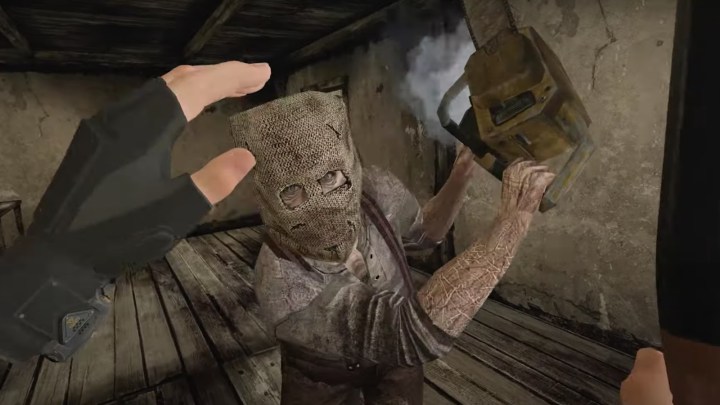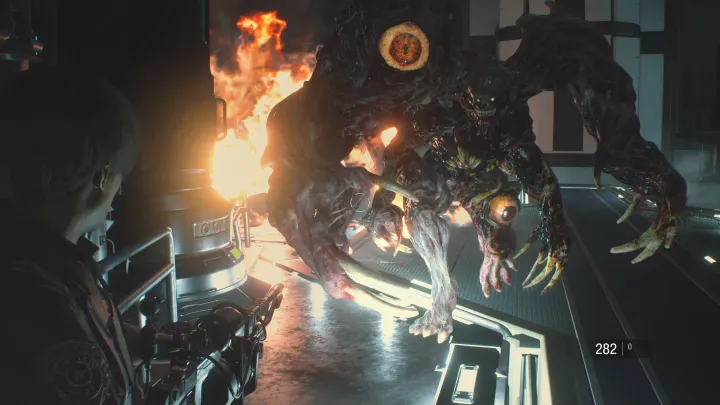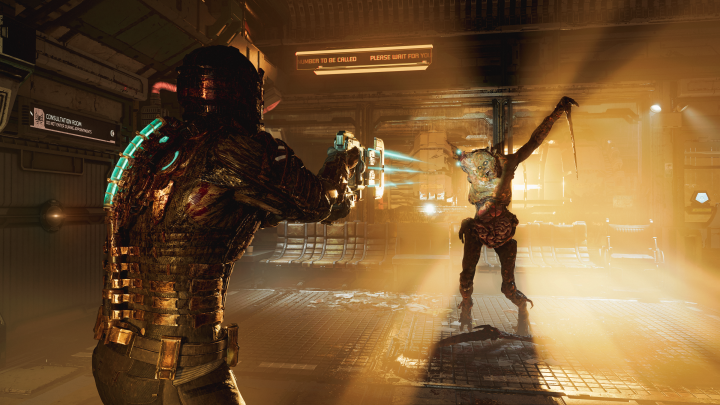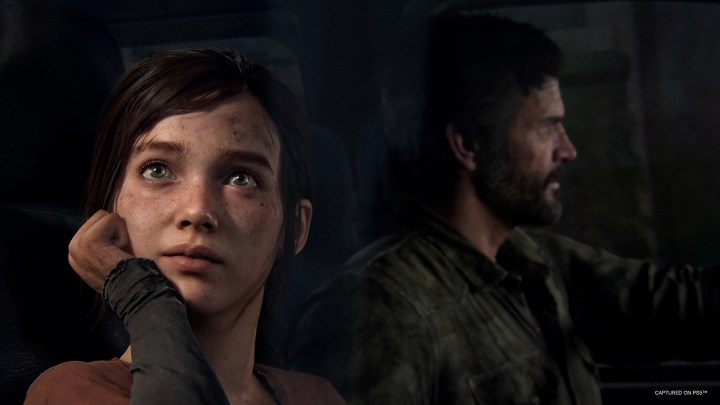Capcom’s Resident Evil 4 remake is just a few days away and the anticipation couldn’t be higher. After a wave of glowing reviews, fans of the GameCube classic are ready to have their heads chainsawed off all over again. That wait will come to an end on Friday, March 24, but impatient players may find themselves looking for a way to kill the time until then.
If you’re in the boat, or simply want to properly prepare yourself for the remake, we’re here to help. Part of the Resident Evil 4 remake’s appeal is the way it engages with not just the original game or the series’ past, but the 20 years’ worth of gaming history that would follow it. With a game as important and influential as Resident Evil 4, you don’t need to go far to see how it impacted the action-adventure genre. The remake shines because it’s seemingly aware of that idea, examining the original through a modern lens.
To help get you in the right mindset, we’ve put together a bit of a required reading list to better understand the remake. While it can be played and enjoyed on its own, there’s a selection of titles that’ll better help you appreciate both its design and its sometimes radical approach to the remake challenge. If you’ve got some time to kill before you dive in, make sure you’re up to speed on these five games.
Resident Evil 4 VR

If you’re worried that playing the original Resident Evil 4 could ruin your appetite for the remake, don’t worry. The new version is almost an entirely different game, both in its tone and pace. Its new combat system, in particular, completely changes the speed of battle, turning the original into a far faster and more fluid action game. It’s a great example of how core gameplay tweaks can entirely change the feel of a game.
To really prepare yourself for that approach, I recommend checking out the VR version of Resident Evil 4. Similar to the new remake (which is getting its own VR mode), the Oculus-compatible version allows players to experience the original game from first-person with more tactile controls. You’ll feel some added tension as you rush to grab an herb to heal or reload your gun manually. That’s a much different experience from the upcoming remake, which makes you feel like a more confident action hero. The two versions are excellent contrasts, showing how the same game can feel entirely different by tweaking its core combat.
Resident Evil 2

If you want to get a sense of what the new version looks and feels like, look no further than Capcom’s excellent Resident Evil 2 remake. That game completely overhauled an aging PS1 classic by shaping it into a modern, third-person survival horror game. It’s still one of the best games in the entire series, making the puzzle box gameplay shine again while cleaning up some of its stilted shooting. Resident Evil 4 clearly builds off that foundation, but it makes tweaks to speed that idea up so it works as a pure action game.
In addition to being a great point of comparison, it’s also crucial for those looking to brush up on Leon S. Kennedy’s backstory. The original Resident Evil 2 was his first appearance, back when he was just a rookie cop in the Raccoon City Police Department. While the remake doesn’t explain how he became a government agent in 4 (you’ll have to dig up Resident Evil: The Darkside Chronicles for that), it does play a crucial role in his backstory. The new version of Resident Evil 4 makes the Raccoon City saga much more important to his character, detailing how Kennedy is dealing with PTSD from the event. The two games are much less disparate as a result, making Resident Evil 2 required reading material.
Resident Evil Village

Resident Evil 4 is launching just two years after the series’ last mainline installment, Resident Evil Village, and that’s excellent timing. When I played the remake, I really began to notice just how much Village tried to iterate on the original Resident Evil 4’s formula. Its opening Lycan attack is almost identical to 4’s iconic village fight, and even its structure has a lot of similarities. Both games are broken up into distinct locations that fuse linear play with some light, open-ended exploration. There are further similarities between its crafting and weapon upgrade systems too, which are even more pronounced in the remake.
A lot of my enjoyment during the remake came from mentally comparing and contrasting the two games. It made me think about what Village nailed and where it went wrong in trying to follow in 4’s footsteps. In a lot of ways, the remake feels like a master returning to show his student how it’s done. It’s a masterfully done game that reminded me of how well-paced and assembled the original is — something that even the series itself has had a hard time perfectly replicating.
Dead Space

If you’re excited about Resident Evil 4, there’s a good chance you’ve already played this year’s Dead Space remake. Both titles are cut from the same cloth, innovating the horror-action genre in their own way. It’s a lovely cosmic coincidence that the two are releasing side-by-side as modern games in 2023, re-establishing themselves as the titans of the genre.
What’s most interesting about the two releases, though, is how they take a completely different approach to the remake challenge. Dead Space is essentially a 1:1 touch-up that barely changes the original. Environments are more detailed and there are subtle tweaks throughout, but its set pieces and story beats are largely the same. Resident Evil 4, on the other hand, is radically reinvented. Characters are deeper, the story is more complex, combat has been entirely reworked, boss fights have changed, and certain locations have been redesigned from the ground up. Playing them side by side allows you to see the value in both approaches, with one acting as a faithful act of preservation and the other standing as an example of reinvention as something that can deepen our understanding of the work it’s built on. You can decide for yourself which approach you like better.
The Last of Us Part I

The biggest revelation I had while playing Resident Evil 4 was just how much of its DNA is present in The Last of Us. Both are third-person action-adventure games about a man protecting a young girl from parasite-infested humans. I never realized how similar the two stories were until revisiting the remake. The only difference is that the original Resident Evil 4 is more of a zany cartoon whereas The Last of Us is modeled after prestige TV.
The ultimate brilliance of how this remake is handled is that it understands that relationship. It sees where the original game was ahead of its time and how it ultimately inspired two decades’ worth of games. By modernizing the 2005 version and making it more of a Hollywood action movie, it’s able to further emphasize that point. It’s much easier to see the relationship between Resident Evil 4 and something like The Last of Us when we’re not viewing the former through dated mechanics that would be improved with years of iteration. The new version of Resident Evil 4 brings it up to speed with the games that owe their success to it, making it easy to admire as a historical turning point.
Resident Evil 4 launches on March 24 for PS4, PS5, Xbox Series X/S, and PC.
Editors’ Recommendations
Services Marketplace – Listings, Bookings & Reviews